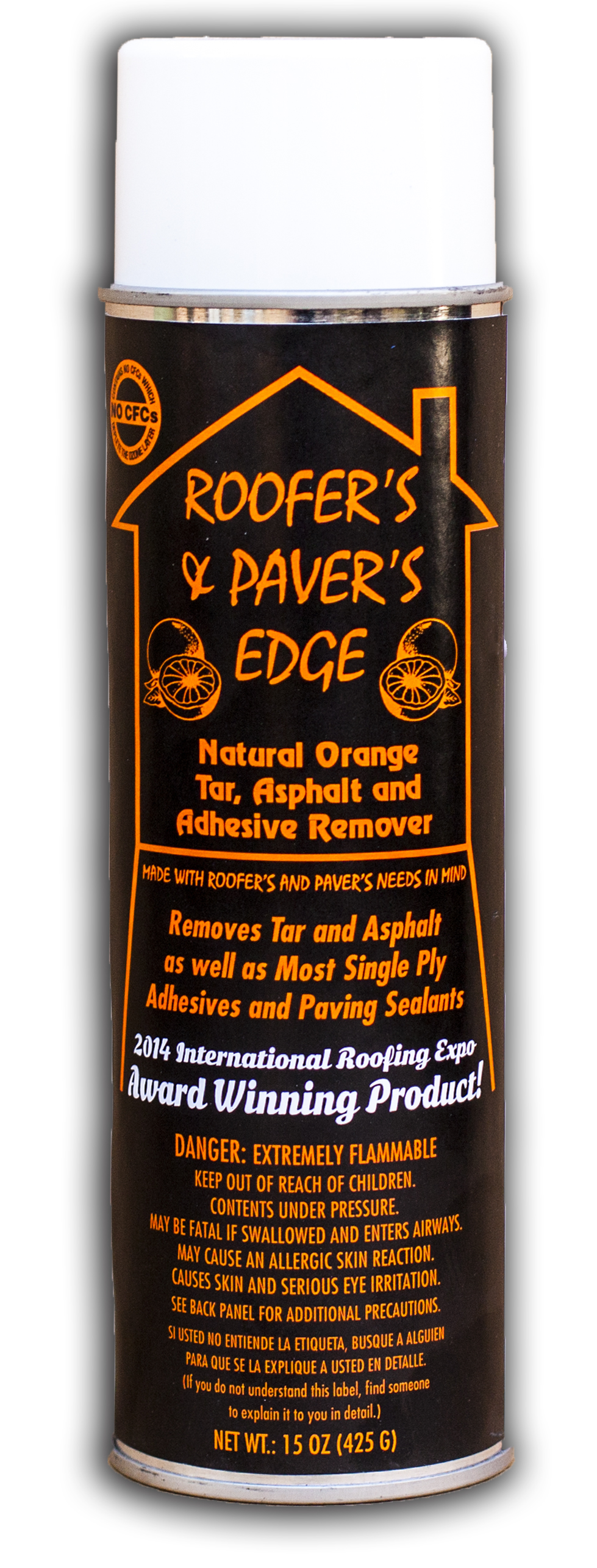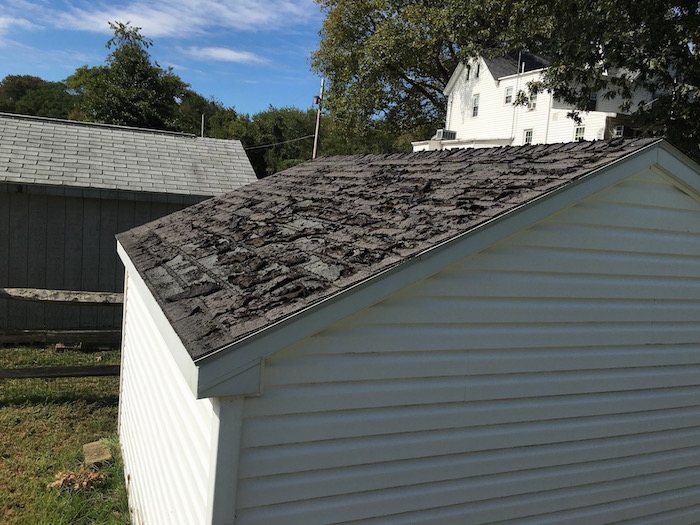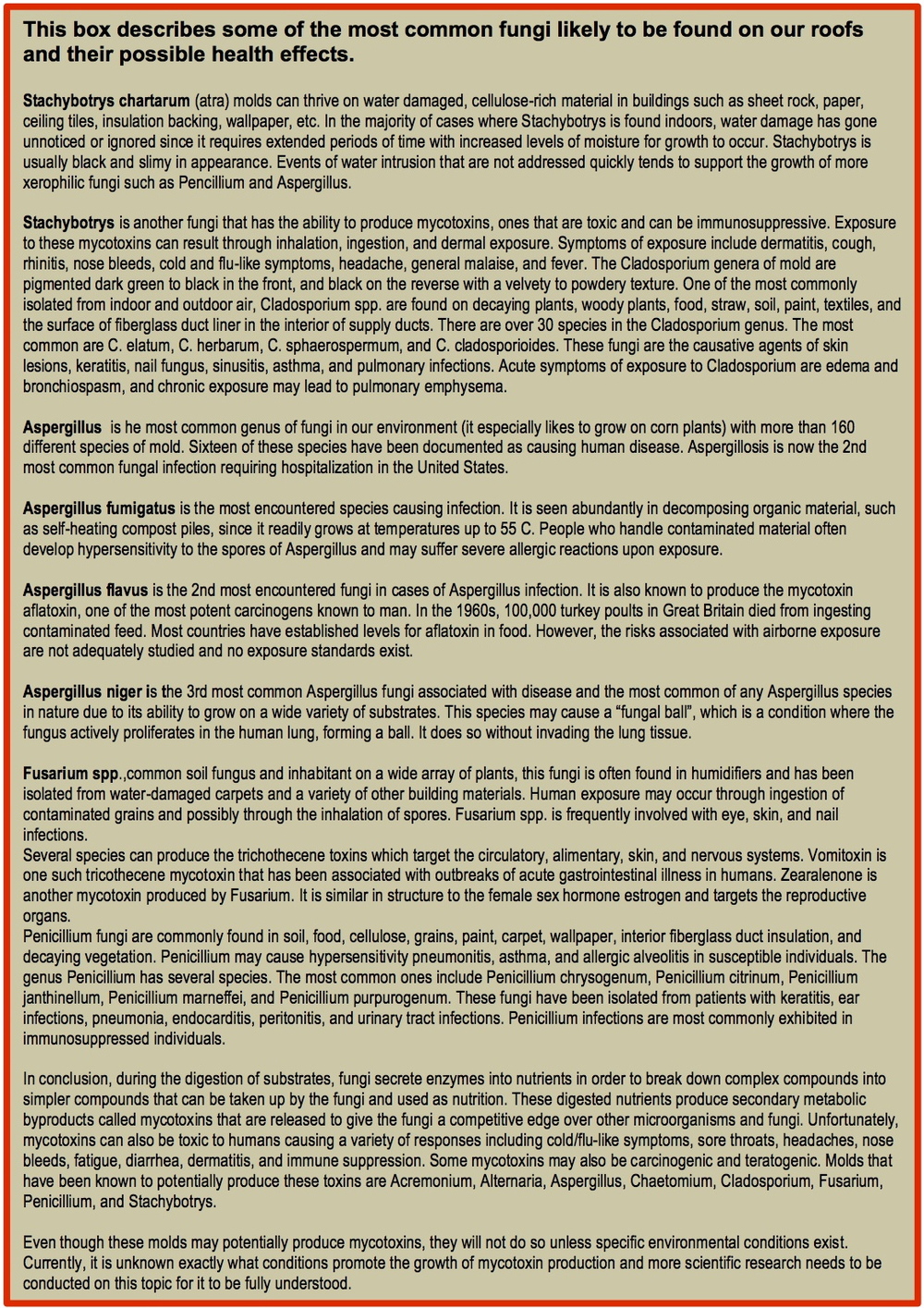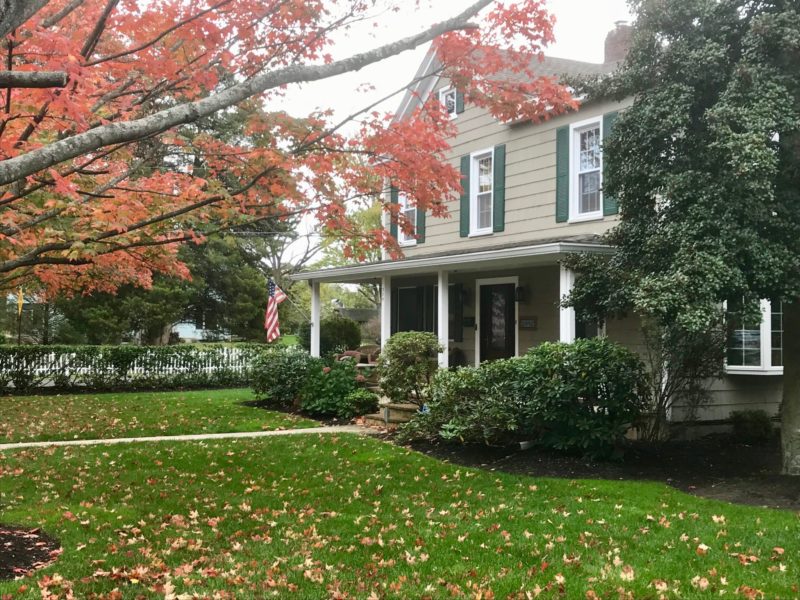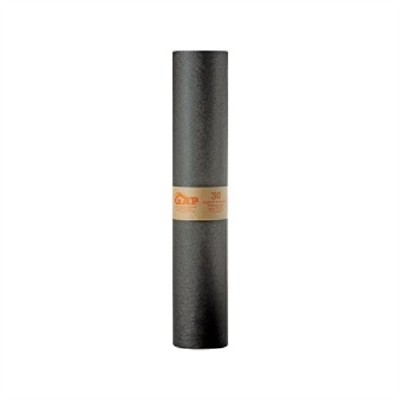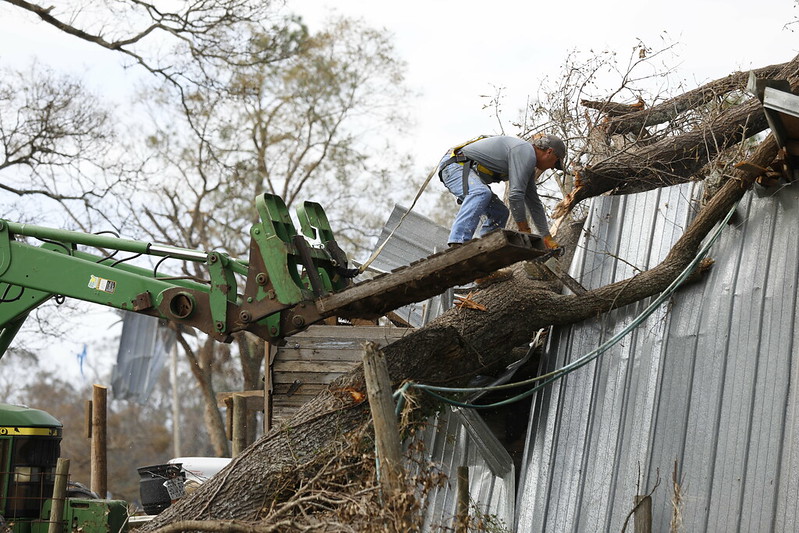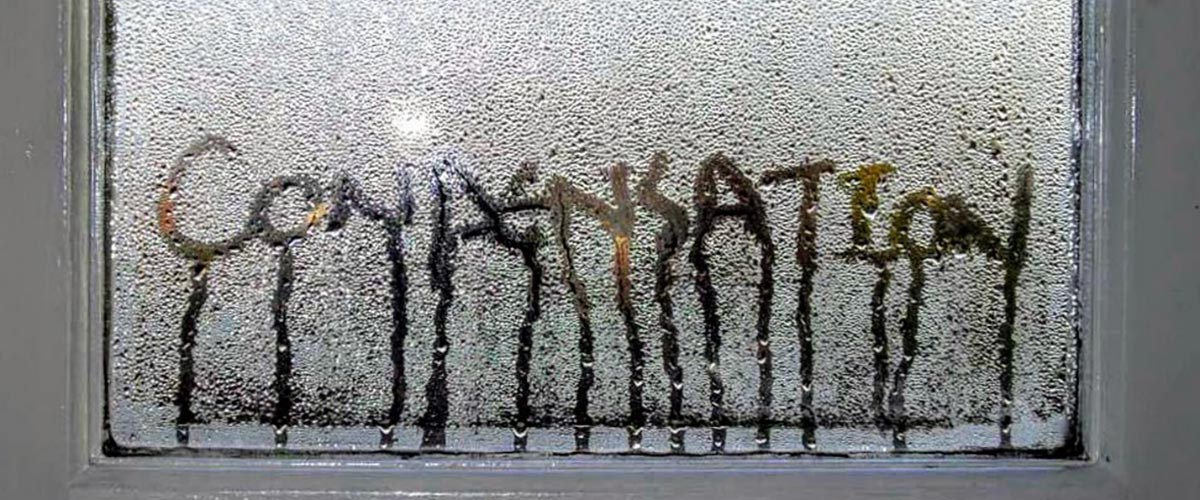Roof Tar Allergy

Pros and cons of roofing tar.
Roof tar allergy. Pine tar is used as a wood preservative and is found in wood sealants for maritime use as well as in soaps roofing construction treatments for skin diseases and in the veterinary industry. Advice for choosing using sealants to patch a leaky roof or roof valley. The hot tar is typically heated at the job site in a kettle and is the major source of fumes. Roofing sealants have been applied for centuries using just about anything at hand.
I work at menards and have been there for 8 months with no reactions until driveway tar was put in stock for the season. How can you avoid contact with pine tar. Low slope hot tar roofs often use a built up roofing system that is manufactured on site using layers of felts and hot applied asphalt or coal tar pitch. Roofing tar is a good choice for a flat roof as this kind of material is highly resistant to the ultraviolet rays from the sun.
Roof sealants mastics coatings patching a leaky roof with roof cements sealants coatings. Rubber roofs are another type of low slope roofing system. Tar pine sap even sugar to try to seal leaks in a roof that s damaged or at the end of its life. Roofing tar is often used for tar and gravel roofs or to fix leaks on a roof.
Avoid products that list any of the following names in the ingredients. Roofing tar will also protect your roof from wind and from snow and water which can collect on a flat roof. Adhesives used during rubber roofing.






